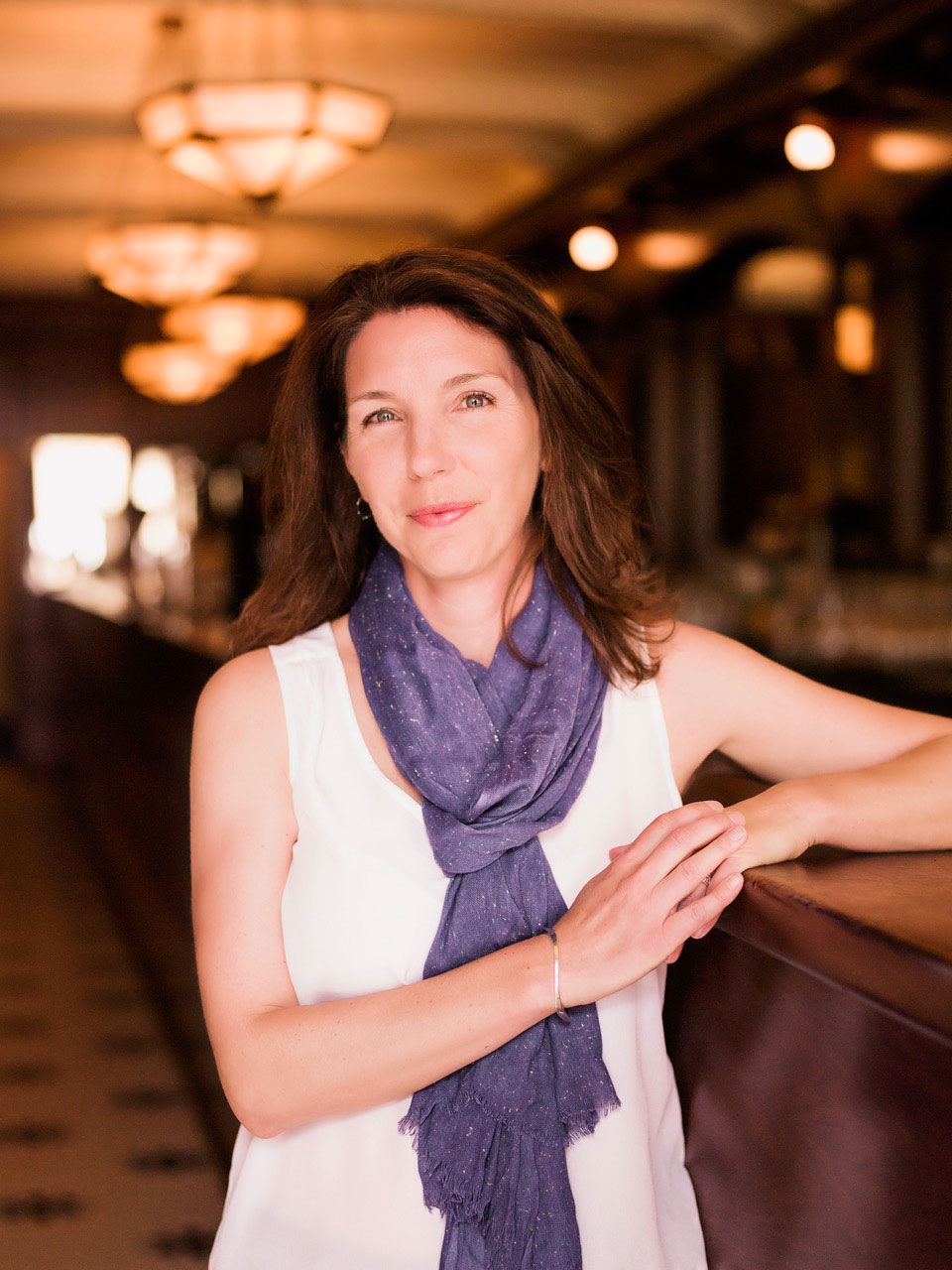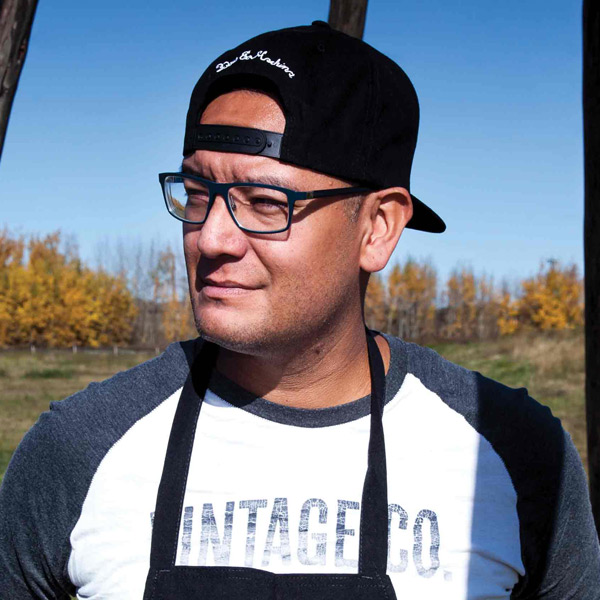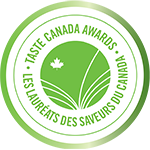


Bannock, also known as fry bread, always starts a conversation. It usually involves a critique of other people’s bannock and detailed accounts of who makes the best! I always cringe when Elders come to the restaurant and order it — they are my harshest critics.
However, I’ve tweaked my formula over the years and have finally come up with what I think is the perfect single recipe — at least for me — for the various ways you can cook bannock.
You may find my measures for the sugar and baking powder a bit unconventional (mixing tablespoons and teaspoons), but it’s the best way to ensure the correct amounts are added (aside from weighing them out).
Bannock is very versatile as an accompaniment to soups, stews, dips, and spreads. This version is cooked over a hot grill, but you can make a thicker loaf and cook it in a cast iron pan over a fire or in an oven, or wrap bits of bannock around sticks to cook over hot coals. And of course, for a dessert, you can deep-fry small portions of bannock and sprinkle them with sugar.
- Step 1: Whisk together the flour, baking powder, sugar, and salt in a mixing bowl until well combined. Gradually add the water, blending it in with your hands. Be careful not to overwork the dough — it should just hold together. It will be a wet, shaggy dough but really resist overmixing it — at this point, you might think “this can’t be right,” but it is. Cover the bowl with a wet tea towel and set aside at room temperature for 30 minutes to rest.
- Step 2: Preheat the grill to high (400°F / 200°C).
- Step 3: Scatter some flour on a large, clean work surface. Divide the dough into 8 even pieces and shape into balls. Using a rolling pin, roll out each ball into a flat oblong about ¼ inch / 0.5 cm thick.
- Step 4: Brush the hot grill with oil. Brush one side of the oblong with a bit of oil and place the oiled side directly onto the grill. Cook for about 4 minutes or just until puffed up and the bottom of the bread has taken on brown grill marks. Brush the top side of the bannock with oil and flip over. Grill the other side for 3 minutes, just until browned. Remove from the grill. Generously season both sides of the hot bannock with fleur de sel. Serve warm.
Yield: serves 4 - 6
- 3 cups / 750 mL (15 oz / 425 g) all-purpose flour, plus extra for working the dough
- 2 tbsp + 1½ tsp (37 mL) baking powder (0.9 oz / 26 g)
- 2 tbsp + 1½ tsp (37 mL) granulated sugar (1.2 oz / 35 g)
- ¼ tsp / 1 mL salt
- 1½ cups / 375 mL water, at room temperature
- Canola oil, for grilling
- Fleur de sel, to taste
Bannock or fry bread sometimes goes by its Michif (Métis language) name, galette. My grandfather made an excellent galette, which is more like a quick-rise loaf in our family, and now my dad is in charge of making galette on special occasions.
Some Indigenous people (including chefs) do not believe that bannock has a place in Indigenous cuisine, since it’s a food adopted from early European contact, and the ingredients include processed white flour and white sugar. We acknowledge that it’s controversial, and we suggest that it only be enjoyed occasionally. That said, it’s everywhere in our communities, it’s part of our celebrations, and many homes have favourite versions — including mine.

Shane M. Chartrand, of the Enoch Cree Nation, is at the forefront of the re-emergence of Indigenous cuisine in North America.
Raised in Central Alberta, where he learned to respect food through raising livestock, hunting, and fishing on his family’s acreage, Chartrand relocated to Edmonton as a young man to pursue culinary training. In 2015, Chartrand was invited to participate in the prestigious international chef contingent of Cook It Raw, and has since competed on Food Network Canada’s Iron Chef Canada and Chopped Canada. For over a decade, he has been on a personal culinary journey to figure out what it means to be of Cree ancestry and Métis upbringing and be a professional chef living and working on Treaty 6 Territory.
Shane M. Chartrand published his debut cookbook tawâw: Progressive Indigenous Cuisine, which he wrote alongside Jennifer Cockrall-King, was shortlisted in 2020 for Taste Canada Awards. The book represents the moving and inspiring stories from his Indigenous community and interviews from his cooking journey.

Born and raised in Edmonton, Alberta, Jennifer Cockrall-King is a Canadian food writer who lives in the small community of Naramata, in British Columbia’s Okanagan Valley.
She is the author of Food and the City: Urban Agriculture and the New Food Revolution and Food Artisans of the Okanagan Valley. Her writing has appeared in publications across North America, including Maclean’s, Reader’s Digest, Eighteen Bridges, Canadian Geographic, and enRoute magazine. tawâw: Progressive Indigenous Cuisine is her third book.
Excerpted from tawâw: Progressive Indigenous Cuisine by Shane M. Chartrand with Jennifer Cockrall-King. ©2019 Shane M. Chartrand and Jennifer Cockrall-King. Published by House of Anansi Press.
These featured authors and recipes are presented as part of a collaboration between the Museum and Taste Canada. A project meant to celebrate the vibrant culinary scene in Canada and introduce our upcoming exhibition eat make share: a taste of immigration. This national traveling exhibition will invite you to take a deeper dive into food and immigration. Opening in Halifax, Nova Scotia May 2025.
Presented by


